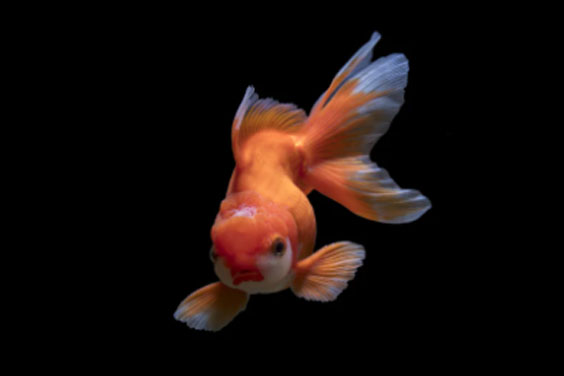
Source: Unsplash
You might be wondering what fancy goldfish are and how different they are from common goldfish. Fancy goldfish (Carassius auratus) are colorful, selectively bred freshwater carp that come in a variety of colors, forms, and other characteristics. Unlike common goldfish, which have single tails and sleek bodies, fancy goldfish have flowing dual tails and slow-moving, egg-shaped bodies that necessitate special care.
All that said, this article aims to show you a comprehensive care guide for these fancy goldfish. Do read on to find out more.
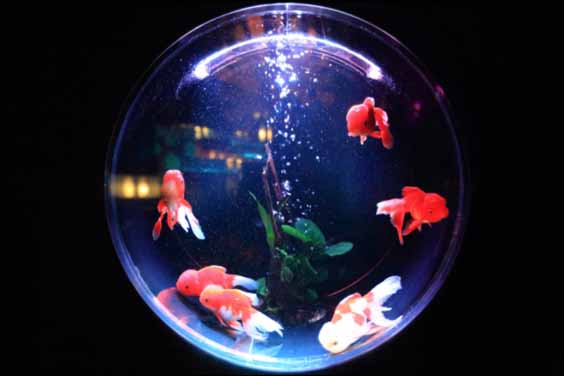
Source: Unsplash
Appropriate fish tank size may be a bone of contention amongst fancy goldfish owners, but we recommend a minimum of 20 gallons of water volume per goldfish, with at least an extra 10 gallons for each additional goldfish. If you place one goldfish in a 20-gallon tank, it would eventually run out of space in five or six years, forcing you to make regular water changes to keep the tank clean.
The tank care schedule would be easier to handle if you keep 5 or 6 goldfish in a 60-70 gallon fish tank. Consider the tank’s dimensions in addition to the water capacity. A squatter tank with plenty of water surface area is appreciated by goldfish (and not a tall, narrow tank).
Goldfish are commonly kept in large, big bowls with a lot of surface area in China, where they were first introduced, because it gives the fish more swimming space and allows for more gas exchange, which means more oxygen. To summarize, get the largest tank you can afford and clean it on a regular basis.

Source: Unsplash
Fancy goldfish are classified as cold-water aquarium fish because they can survive in temperatures ranging from 50 to 70 degrees Fahrenheit. This means that in a household with heating and air conditioning, no heater is needed within the fish tank because goldfish can live at room temperature. Many people who live in mild climates keep their goldfish year-round in outdoor ponds.
Although a heater isn’t needed, filtration is critical because goldfish are voracious eaters that generate a lot of waste. Buy and install hang-on-back filters and sponge filters, both of which have a gentle flow and are simple to maintain. Whatever filter you use, make sure it has good surface agitation to help your goldfish get more oxygen.
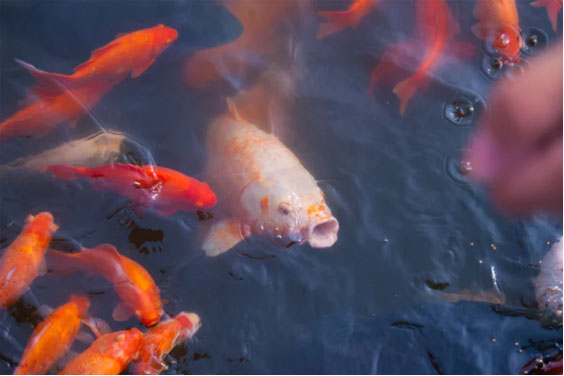
Source: Unsplash
If you feed fancy goldfish with low-quality food, they can accumulate more indigestible materials, causing the tank to get filthy faster and necessitating more water changes. The goldfish tank will take less upkeep and the fish will have more colorful coloration if you feed them a “clean and efficient” diet of frozen foods or duckweed.
Overfeeding is more of a problem than underfeeding, so be careful not to spoil your goldfish (even if they seem like they’re hungry). Also, since fancy goldfish are susceptible to bloating, feeding them smaller portions twice a day is preferable to feeding them a big meal once a day. Also, it is false to think that floating fish food will make these fancy goldfish bloat.
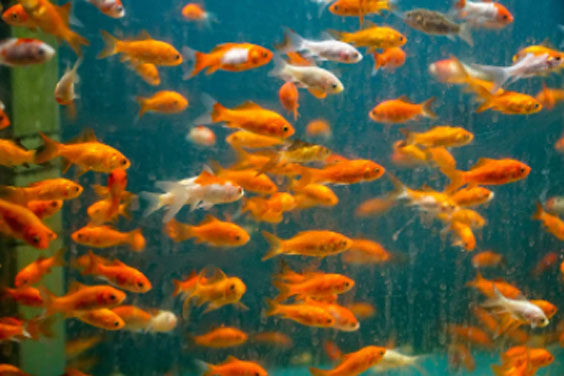
Source: Unsplash
You may have noticed some cloudy water in your fancy goldfish aquarium over recent days. The cloudiness could be a bacterial bloom if the tank is new or if you recently added a bunch of new goldfish. The beneficial bacteria is actively replicating in response to a rise in fish waste. The best course of action is to wait a week without doing something in the aquarium, and the bacteria cloud will finally go away on its own.
Consider making a water change and cleaning the filter if the water is cloudy due to too much particulate floating in the water. A clogged filter will no longer efficiently remove particles from the tank. We suggest purchasing an aquarium water test kit and changing the water if nitrate levels exceed 40 ppm.
Change 30 to 50 percent of the water at a time, monitor how long it takes for the nitrates to return to 40 ppm, and create a weekly or monthly plan based on the results. Of course, as the fancy goldfish grow larger, they will create more waste, so it might be worthwhile to upgrade their tank, relocate them to an outdoor pond, or rehome them to someone with more room.
We suggest using live aquatic plants as decor to prolong the time between water changes and provide more enrichment for the fish. Often, since goldfish enjoy eating vegetables, have rhizome plants like anubias and ferns that could be attached to woods and rock and thus cannot be uprooted easily.
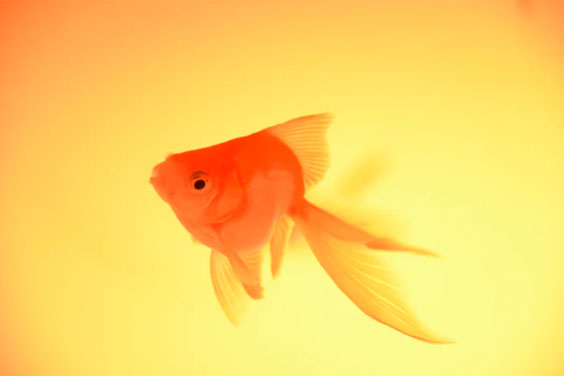
Source: Unsplash
Fancy goldfish are amusing creatures with their distinct personalities and quirks, so what one fish considers natural behavior can be very unusual for another. As a result, we recommend checking on your goldfish at least once each day while feeding them, so you can learn which ones are more lethargic versus overly active and what their behaviors are throughout time.
Look for physical signs of ich, such as a big wen that has spread over the eyes or white spots on the skin. Check to see if everyone is getting along and that the fish aren’t mating too aggressively. Maintain a good tank by checking the temperature, pH, and nitrates at least once a week.
There is a bit of a stigma surrounding goldfish rearing since beginners will buy them, get bad advice, place them in a small bowl, and never change the water… resulting in the death of the fish. While goldfish are relatively hardy as compared to more delicate species, they should still be treated with the same care as any other fish. The two major considerations are that;
They prefer colder temperatures and,
They grow much larger than most other pet store fish, necessitating a larger tank.
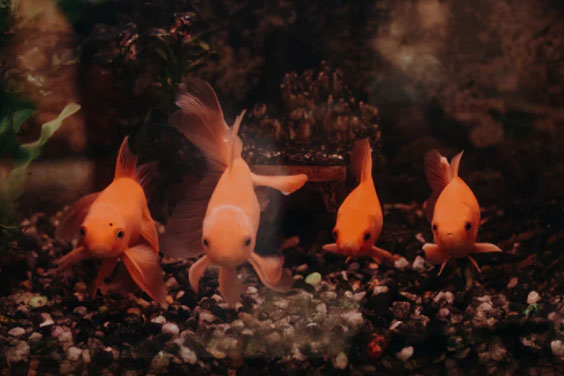
Source: Unsplash
Sharp rocks and decorations should be avoided as most fancy goldfish are very clumsy. Plants with more substance, such as Java fern, should also be avoided. Most plant species are eaten by goldfish, but this one will often be left alone. If a substrate is needed, sand should be used rather than rocks or gravel.
Goldfish enjoy digging in the substrate, and gravel can become lodged in their mouths, causing suffocation! Sand is also much easier to wash, especially if a thin layer of filter sand is used. Play sand can never be used because it rots quickly due to anaerobic pockets forming.
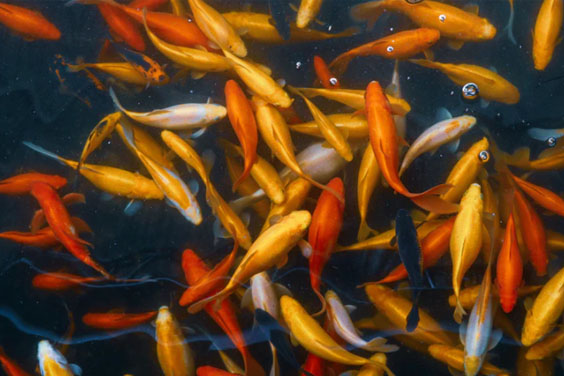
Source: Unsplash
Goldfish are sociable creatures that should never be left alone for long periods of time. They may feel insecure and helpless if they are alone, which can cause undue stress, so get at least two goldfish.
There aren’t too many options for tankmates here, unfortunately. Most people tend to keep their fancy goldfish with tropical or subtropical fish like guppies and mollies. However, we don’t recommend it as the tank mates could be eaten or either of the fish would suffer due to the temperature differences. Single-tailed cousins of fancy goldfish are typically not a good match, as single tails are much quicker and can outpace them for food.
Snails like ramshorn or Nerite snails are really the only tankmates we’d recommend. These are excellent at eating algae and aren’t disturbed by curious goldfish.
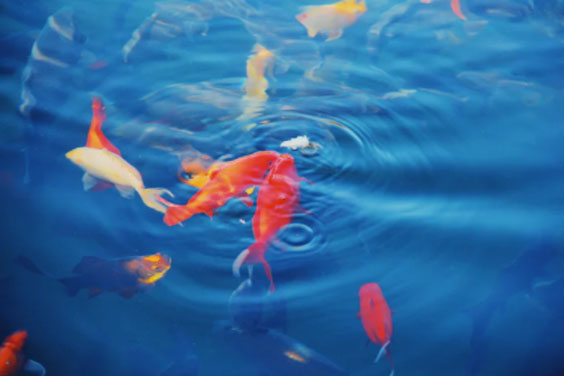
Source: Unsplash
Breeding fancy goldfish is a difficult task, and while it can be rewarding, it is not for the faint of heart. If you intend to breed your fancies, plan on doing a lot of water changes and probably culling deformed or sick fry.
The eggs should be removed as soon as possible after the fish spawn, normally on stem plants like anacharis or spawning mops (else they will be consumed before they can hatch). Till the fry are large enough to be transferred to a bigger tank, hold them in a small bare bottom fish tank with an air pump and a heater. To stop the fungus from spreading, regularly check on the eggs and remove those that have fungus on them.
For the first 1-2 days, freshly hatched fry have a yolk sac on which they can feed. Avoid disturbing them during this period, and don’t start feeding them yet, as this will corrupt the water. You may begin feeding once the yolk sacs have been absorbed. Since the fry are too small to consume most other foods, it’s easiest to make a special fry meal. Maintain a low water level in the fry tank until the fry no longer sticks to the bottom/sides all of the time. This makes it easier for them to grow their swim bladder
Fancy goldfish can be a bit challenging to handle, especially for first-timers. This is because these fish require constant checkups, special care, and can be very sensitive to certain food. However, this does not mean that as a beginner you shouldn’t get yourself one. Instead, buy a fancy goldfish or two, and read this guide more than twice as you exercise fancy goldfish care.
For your filtering needs, we do recommend getting high-quality fish tank filters from a well-established manufacturer. This ensures you get an absolute value for your money. All the best!
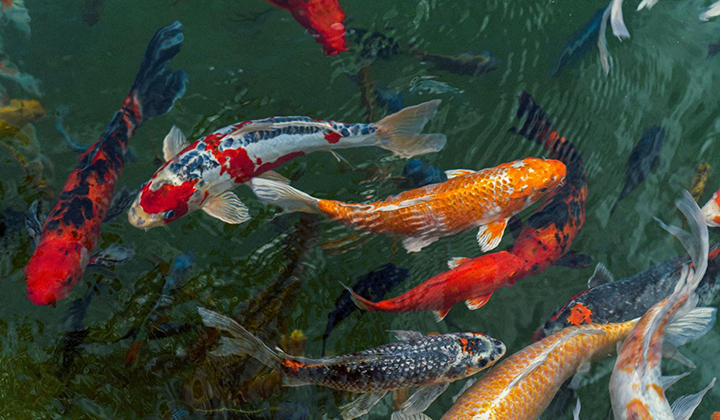
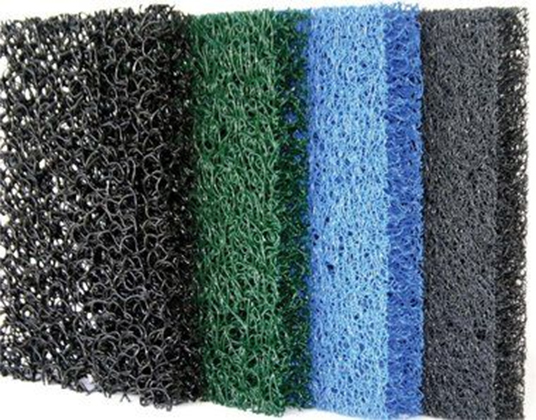


Leave a Reply